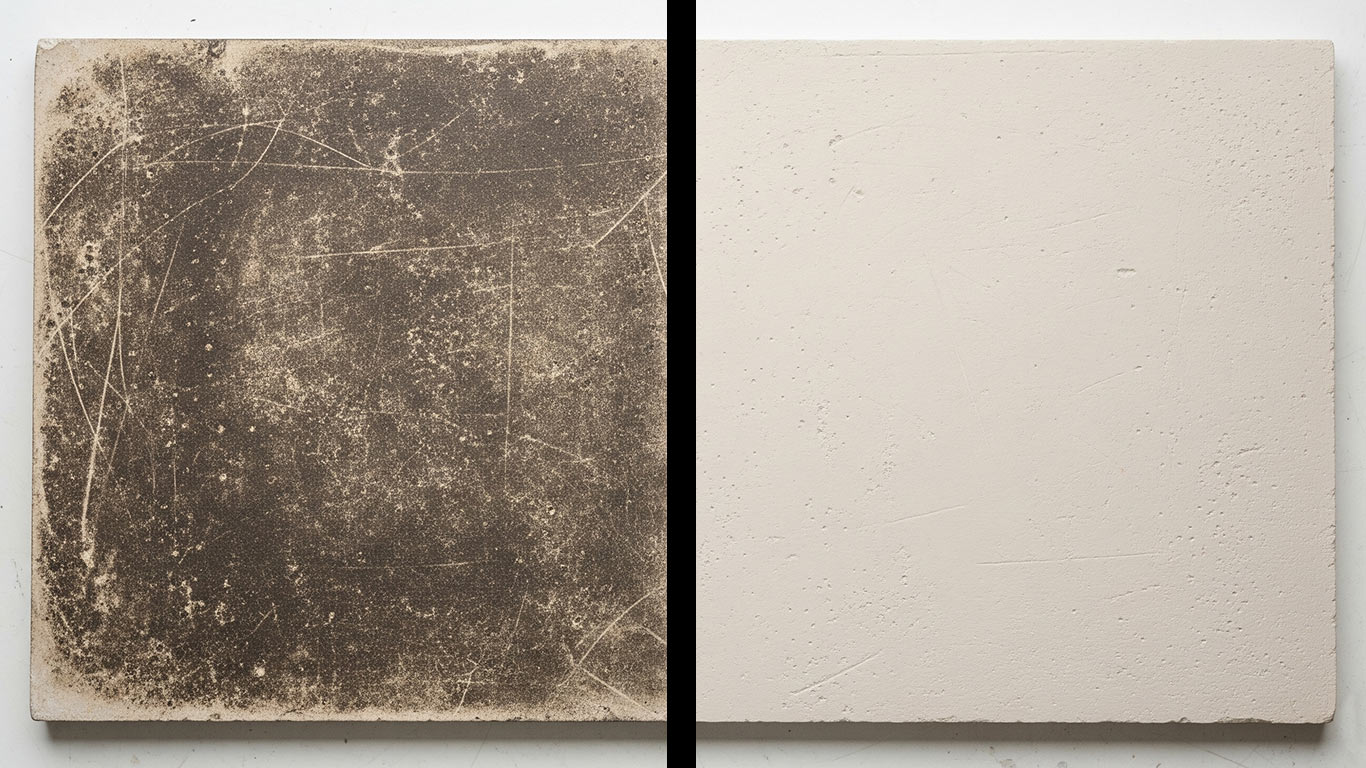
FDA
FDA 21 CFR 1040.10 - Laser Product Performance Standards



When laser cleaning plaster, begin with gentle settings to prevent cracking its delicate surface, since this material absorbs energy efficiently and removes dirt effectively while protecting historical details in restoration work
I've examined the plaster surface before cleaning, and it looks rough with dark specks scattered everywhere. Grime clings tightly to the tiny cracks and pores, making the whole thing appear dull and uneven. Dust particles stick out, blocking any clear view of the base material.
After the laser treatment, that same surface turns smooth and bright under magnification. The specks and grime vanish completely, revealing clean pores without any residue. Now it shines evenly, showing the plaster's natural texture without

FDA 21 CFR 1040.10 - Laser Product Performance Standards

ANSI Z136.1 - Safe Use of Lasers

IEC 60825 - Safety of Laser Products

OSHA 29 CFR 1926.95 - Personal Protective Equipment
License: Creative Commons BY 4.0 • Free to use with attribution •Learn more